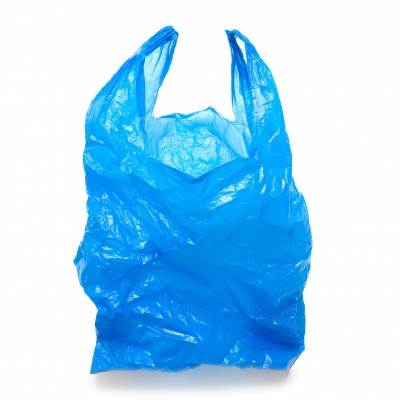New technique could slash energy used to produce many plastics
Une information issue de l'université du Colorado où ils auraient découvert une nouvelle technique (comprenant encore quelques obstacles) pour créer des matières plastiques via des ions d'argent. Cela pourrait réduire considérablement la consommation énergétique de production des matières plastiques dans l'avenir... (FAAST)
 A new material developed at the University of Colorado Boulder could radically reduce the energy needed to produce a wide variety of plastic products, from grocery bags and cling wrap to replacement hips and bulletproof vests.
A new material developed at the University of Colorado Boulder could radically reduce the energy needed to produce a wide variety of plastic products, from grocery bags and cling wrap to replacement hips and bulletproof vests.
Approximately 80 million metric tons of polyethylene is produced globally each year, making it the most common plastic in the world. An essential building block for manufacturing polyethylene is ethylene, which must be separated from a nearly identical chemical, ethane, before it can be captured and used.
The similarities between ethylene and ethane have made the purification process difficult and costly. Today, an extremely energy-intensive distillation technique is typically used.
In a new study recently published in the journal Angewandte Chemie International Edition, a team of CU-Boulder researchers demonstrates that a new material made of molecules containing silver ions could vastly reduce the amount of energy needed to separate ethylene and ethane.
"This silver ion can be thought of as working like a hand," said Matthew Cowan, a CU-Boulder postdoctoral researcher and lead author of the paper. "This 'hand' can tell the difference between ethylene and ethane and it 'grabs' the ethylene out of the mixture. When all the ethylene has been grabbed, the ethane is removed and the hand releases the ethylene."
The new material—which has 13 times more separating power than previous materials used to separate ethylene and ethane—requires much less energy than the traditional distillation technique. In the United States alone, it now takes more than 46 million megawatt-hours of electricity a year to produce ethylene, about the same amount of energy produced by seven average-sized nuclear power plants.
Despite their potential for saving energy, silver ions can be more sensitive to contaminants, a problem that would have to be addressed before the technique could be commercially viable. The gas mixtures of ethylene and ethane are a byproduct from petroleum refineries, and they can contain impurities that could deactivate the silver ion "hands." But researchers are hopeful that the molecule they are packaging the silver ions into may be able to protect them from contaminants.
Journal reference: Angewandte Chemie International Edition
Provided by University of Colorado at Boulder
Explore further: Cherry picking molecules based on their Pi electrons
Apr 14, 2015
Inscrivez-vous au blog
Soyez prévenu par email des prochaines mises à jour
Rejoignez les 15 autres membres
